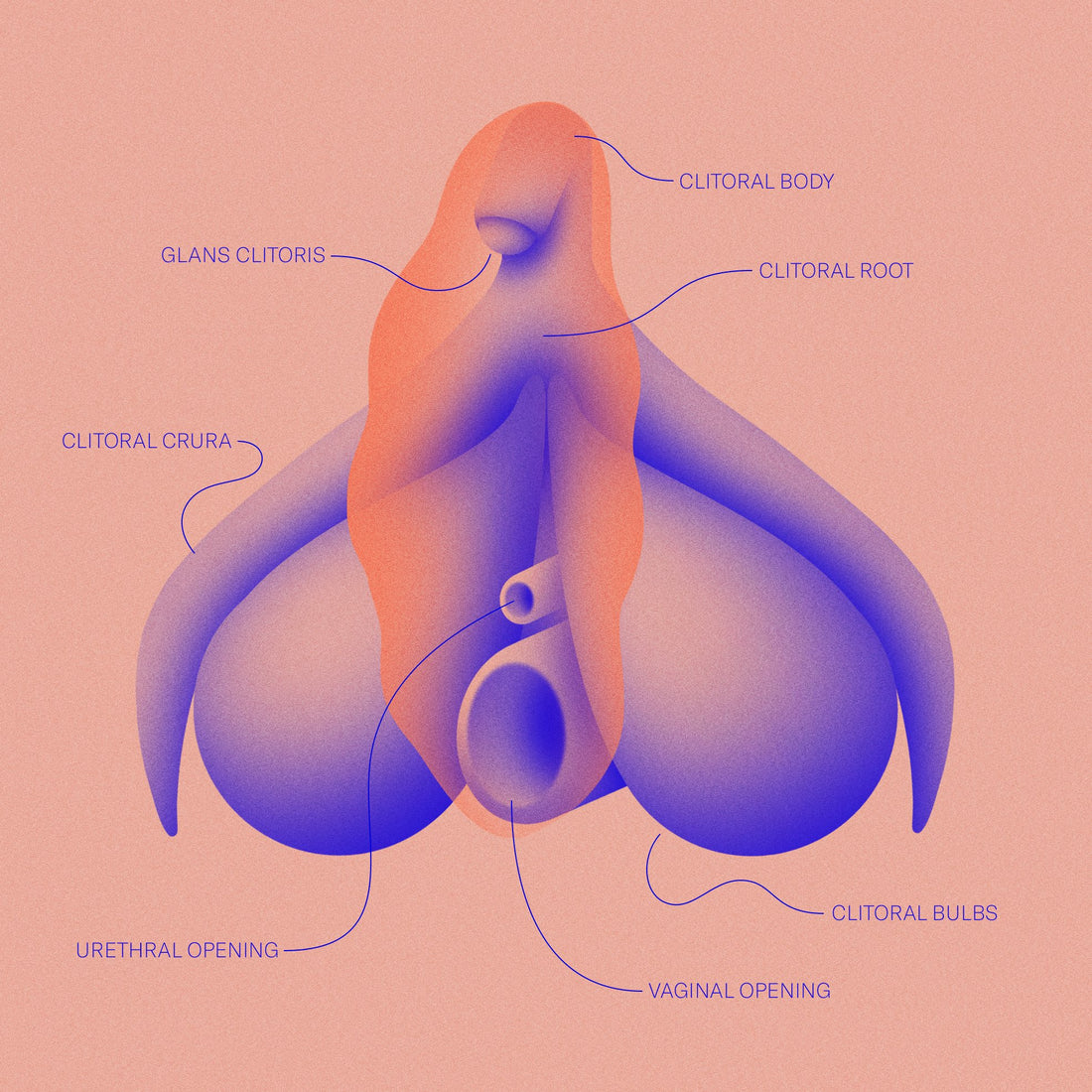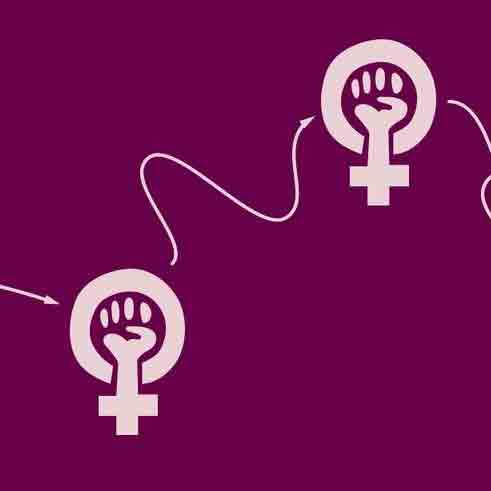Before President Donald Trump announced his pick to replace Justice Anthony Kennedy on the U.S. Supreme Court, we all knew one thing for sure: That person would come primed and ready to advance the administration’s anti-abortion agenda. Repeatedly, on the campaign trail and in office, the celebrity-realtor-turned-politician evinced hostility toward the right to choose. That he would treat abortion opposition as a litmus test proved the rare promise on which Trump actually delivered:
He nominated federal judge Brett Kavanaugh to feel the vacancy previously occupied by a swing voter, one who reliably helped safeguard the court’s landmark Roe v. Wade decision. Since Kavanaugh’s nomination, indeed since Trump’s election, advocates for reproductive rights and justice have talked at length about a Roe-less future, about returning to the days of back alleys and coat hangers. For city-dwellers with disposable income, it can be hard to conceive of a national landscape without guaranteed abortion access.
But while our national history allows us to make some educated guesses about what life might look like without Roe, many uterus-havers already live that practical reality.
Early Abortion Fights
Abortion is a tale about as old as human reproduction, and certainly as old as colonial America: The Puritans permitted pregnancy termination until “quickening,” or the fetus’s first kick, which might happen anywhere between 14 and 26 weeks. In some cases, puritanical abortion law may have been more liberal than what’s on the books in many states today. Let that sink in.
Connecticut became the first state to regulate abortion in 1821, attempting to dissuade women from consuming poison to end their pregnancies — common practice at the time — by outlawing the practice. That law prompted similar legislation in Illinois, Missouri, and New York, but never have we ever experienced a period in which banning abortion meant it never happened: In the Atlantic’s words, the first half of the 19th century enjoyed a “booming” abortifacient trade, much to physicians’ chagrin. The early days of medicine — recall: leeches and bloodletting to restore bodily equilibrium — did not necessarily instill confidence in patients.
Given the shaky nature of medicine at the time, people did not take doctors all that seriously, and continued to rely on homeopathic remedies. In an effort to entrench medicine’s superiority over midwifery, physicians banded together to form the American Medical Association in 1847. Funnily enough, depending on your sense of irony, AMA now stands against the administration’s attempts to winnow access to family planning services, but in the 1800s, it played a pivotal role in architecting anti-abortion ideology. AMA physicians saw in pregnancy termination an opportunity to legitimize their work: Then, as now, uterine autonomy rested in the hands of a few ego-driven white men.
One of those men was Boston’s Dr. Horatio Strorer, a very religious gynecologist who enthusiastically took up the anti-abortion banner. Strorer held destructive, if unsurprising, beliefs: Namely, that abortion constituted a “crime against the natural feelings of man — against the welfare and safety of females” — and that it threatened the great white future he envisioned for the American West, a region pioneers were just beginning to colonize in Strorer’s day.
Ignoring the existing presence of people who originally inhabited this land, Strorer put the onus on women to determine whether or not it would “be filled by our own children or by those of aliens.” (To be fair, renowned birth control advocate Margaret Sanger also had eugenics at heart.) “Upon loins depends the future destiny of the nation,” he implored in 1868, according to the Atlantic. Thanks to Strorer’s efforts, the AMA formed a Committee on Criminal Abortion in 1857, and introduced the narrative in which women who seek abortion are immoral and promiscuous. (Then as now, the majority of women who terminated pregnancies already had children, and in the 19th century, often husbands to go with them as well.)
Thanks to Strorer’s efforts, the AMA financially incentivised doctors to pen anti-abortion literature for distribution to the masses, along with anti-abortion propaganda for lawmakers. As a result, state governments across the country began incorporating abortion bans into their penal codes.
Pre-Roe America
That didn’t mean the procedure went away, though: The Atlantic puts the United States’ annual abortion count at 2 million in the late nineteenth century, and by the 1920s, roughly 15,000 women died from illegal procedures each year. Abortion’s legal status during this time means we don’t have hard numbers on how many women their terminated pregnancies, but according to the Guttmacher Institute, estimates in the 1950s and 1960s placed the numbers anywhere from 200,000 to 1.2 million illegal abortions.
Over 800,000 are thought to have taken place in 1967 alone — the same year, incidentally, that Colorado became the first state to loosen its restrictions. For those who had the resources, abortion was never really taken off the table — although anecdotal evidence suggests that, in addition to exorbitantly high price tags, some doctors either demanded sexual favors of patients or raped them while they were still groggy from anesthesia. (Turns out, that slut stigma Strorer whipped up had incredible sticking power.)
Women of means typically traveled out of state, but those without often resorted to DIY measures: Drinking toxic substances like bleach and turpentine, or trying to induce abortion by sticking long, pointy objects — knitting needles, and of course, wire coat hangers — up through their cervixes. As a result, we know what the human cost of illegal abortion is: In 1962, Guttmacher reports, Harlem Hospital Center in New York City saw one botched abortion patient for every 42 deliveries, and in 1968, the University of Southern California Los Angeles County Medical Center admitted one patient suffering sepsis from illegal abortion for every 14 deliveries. In 1965, unsafe abortions accounted for at least 17% of maternal deaths.
Then, as now, people of color and low-income communities were hurt hardest by abortion bans: Women of color charted abortion-related mortality rates 12 times as high as white women. But then, in 1973, the Supreme Court legalized abortion up until viability with Roe v. Wade, a decision it has repeatedly upheld in years since. In the years after Roe, abortion-related deaths dropped off — from 3.3 deaths for every 100,000 procedures to .4 deaths between 1973 and 1985.
Future State
These days, abortion ranks among the safest medical procedures available: According to Guttmacher, first trimester abortions carry a complication rate of less than 0.5%, a figure that varies somewhat as patients move further into a pregnancy but remains impressively low (6.7 for every 10,000 abortions after 18 weeks) as long as the procedure is performed as medically recommended. By Guttmacher’s most recent count, just over 900,000 abortions took place in 2014. About half of those patients lived with a male partner, and 59% had at least one birth in their past. Notably, 75% were poor or low-income. I say notably because, even though the right to abortion remains in place, for many people nationwide, it’s a right in name only.
Recent years have seen the country tilt from something like consensus on the subject of family planning, toward the codification of conservative Christian values. Trump’s inauguration only escalated that trend, with 431 abortion restrictions proposed nationwide in the first three months of 2017.
Trump’s election emboldened abortion opponents, but they’ve been doing their work long enough that we know what happens when they succeed. As states have chipped away at the legal window in which patients can obtain abortion, they’ve also enacted a slew of roundabout measures — waiting periods, parental consent procedures, building requirements imposed on clinics, and a long list of TRAP (Targeted Regulation of Abortion Provider) laws — that have shuttered clinics.
As a result, many patients have to travel much farther to reach their nearest facility: After all, about 90% of U.S. counties lack an abortion provider. Sometimes, this means crossing state lines, sometimes it means staying in the area for multiple nights if local law requires people wait a 24 to 72 hours between initial appointment and procedure. That often means taking time off work and eating the cost; finding and paying for childcare, transportation, lodging, and all the incidentals you rack up on a trip. For the nation’s majority low-income abortion patients, getting those funds together on top of the roughly $500 it costs to have a first trimester procedure takes time. These hidden costs often force patients into the more expensive second trimester bracket.
The Trump administration, though, has made a particular point of cutting off access to reproductive health services for poor and low-income communities — the very services that keep abortion rates low. But when women lose access to abortion clinics, they don’t lose interest. Take Texas, for example: After Republicans succeeded in closing more than half the state’s abortion providers within two years, a study found that anywhere from 100,000 to 240,000 of the Texan women ages 18 to 49 had attempted to self-induce abortion at home.
As was the case in pre-Roe America, we can’t currently say for sure how many people die from unsafe abortions annually, precisely because these procedures happen outside the eye of medical professionals. The World Health Organization estimates that, globally, the death rate associated with unsafe abortion hovers between 4.7 and 13.2% of all maternal deaths. Too many people in the U.S. already inhabit that reality, but it’s about this group the president and his cohort appear to care the least.
Because abortion has been going on since forever, we have all the facts we need. We know, unequivocally, what happens when abortion goes underground: People die.
|
Interested in joining the fight for abortion access? We're offering a more pleasurable way to support reproductive freedom. Learn how here.
|




























